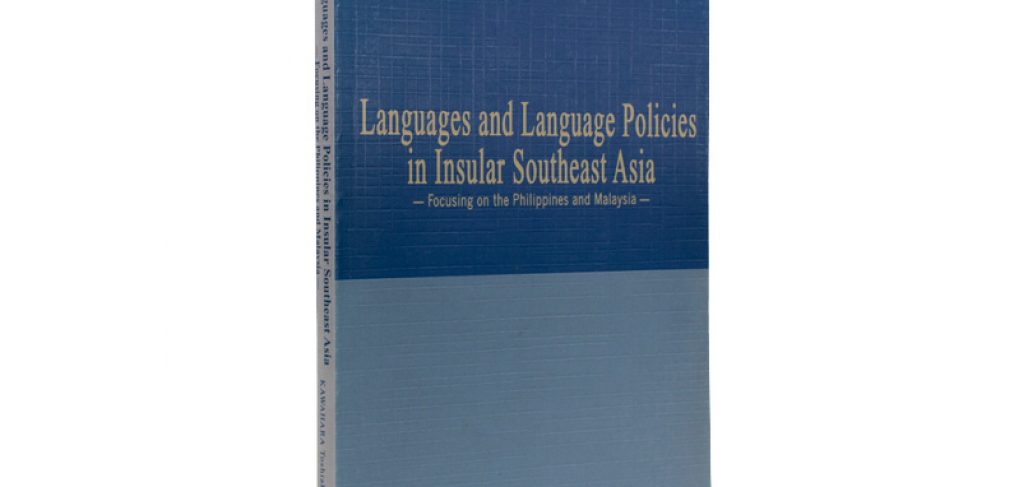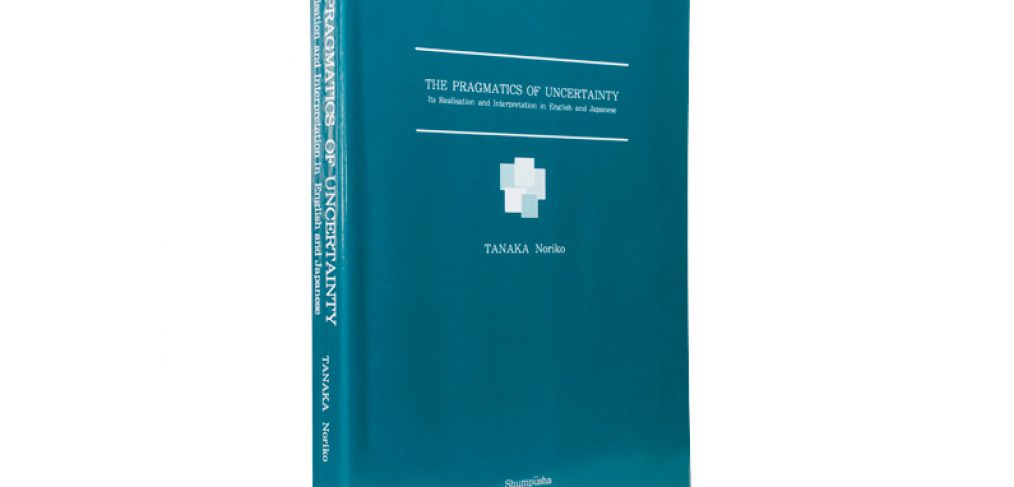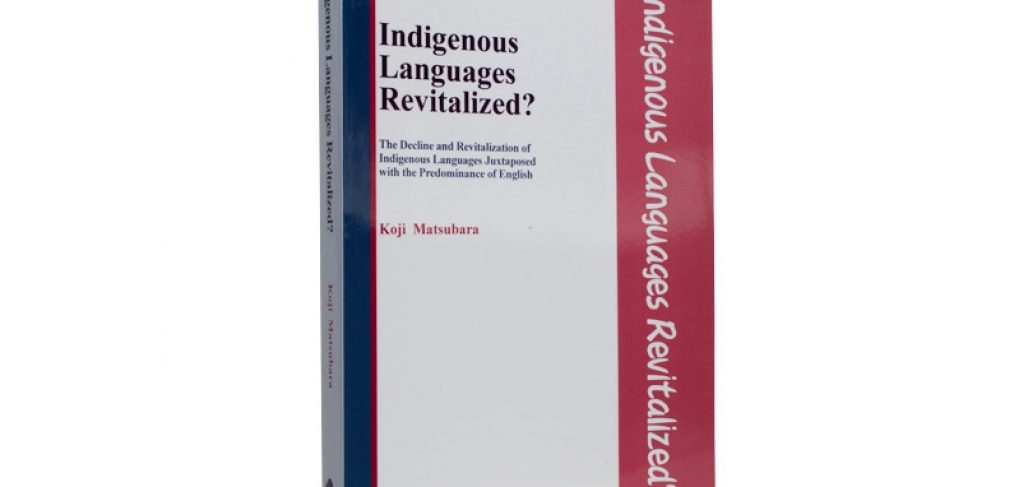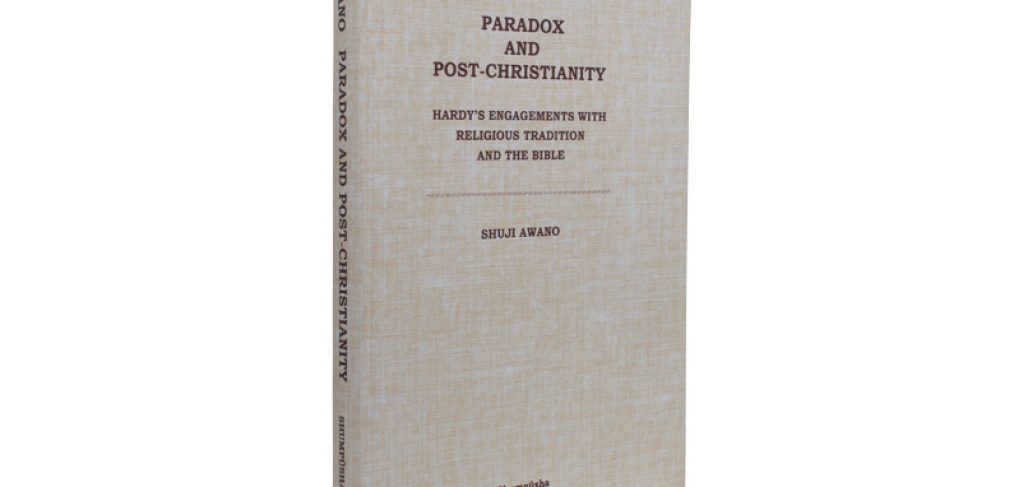Languages and Language Policies in Insular Southeast Asia
Focusing on the Philippines and Malaysia
- Toshiaki KAWAHARA / 2002.12
- JPY 5,950 / A5 size, paperback, 212 pages
(ISBN 4921146640)
Table of contents
1 General Linguistic Situations of Insular Southeast Asia
1.1 An Overview of Sociolinguistic Situations
1.2 Languages Spoken in Each Country
1.3 An Overview of the Historical Background of Sociolinguistic Situations
2 Lingusitic Situations in a Filipino Family and Two Functions of Language
2.1 A Case Study of a Filipino Family
2.2 Function of Language
2.3 Two Functions in a Society
2.4 Development of Two Functions as a Whole
3 Linguistic Situations in a Malaysian Family and Linguistic Verticality
3.1 A Case Study of a Malaysian Family
3.2 Diglossia
3.3 Practical/Identifying Function and Verticality
3.4 Verticality of Sociolinguistic Structure
3.5 Characteristics of Verticality
3.6 Competence Disparity and Elite Closure
3.7 Identifying Function (Dummy High)
4 Language Policy
4.1 What Is Language Policy?
4.2 Language Policies in Developed Countries and Developing Countries
4.3 Analysis of Language Policies
4.4 The First Point: The Selection of a New Common
4.5 The Second Point: The Replacement of Colonial Language
4.6 The Third Point: The Replacement of Immigrant
4.7 Appeal of Nationalism
4.8 Education
4.9 The Fourth Point: The Sophistication of Language
4.10 Identifying Function and Pidgin/Creole
5 Lingusitics Verticality: Its Comparison and Its Transition
5.1 Comparison of Gactors Deciding Language Policies
5.2 Structure of Linguistic Verticality
Conclusions and Suggestions
Author
Toshiaki KAWAHARA
Born in Ishikawa, Japan in 1950. Graduated from the Faculty of literature at Tokyo University. He received his M.A. in pedagogy and Ph.D. in socio-environmental science from Kanazawa University. Professor of Kanazawa Seiryo University, Japan. He is the author of “Axis of Cross-cultural Understanding(Ibunka Rikai no Zahyouziku)”(Co-authored, Nihon Tosho Center) and “Municipal language service: Opening the door to a multilingual society(Zichitaino Gengo Service: Tagengo-Syakai heno Tobira wo Hiraku)”(Shumpusha Publishing).
Order this book




